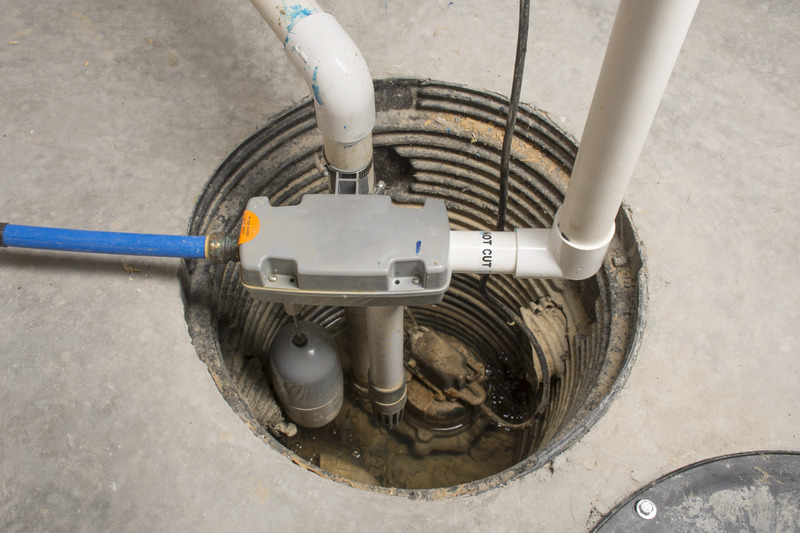For many rural and off-grid properties, Water Well Installation in Montana offers a reliable solution that ensures uninterrupted access to groundwater. This process involves more than simply drilling a hole in the ground—it requires careful site assessment, geological evaluation, and compliance with environmental regulations. Choosing an experienced provider ensures that the installation is both legally compliant and engineered for long-term functionality.
Montana’s Water Demand and Why Proper Installation Matters
Montana’s agricultural sector, which comprises over 27,000 farms and ranches across 58 million acres, relies heavily on groundwater. According to the U.S. Geological Survey, nearly 60% of Montana residents depend on groundwater for their daily needs, making Water Well Installation in Montana an essential infrastructure component. The state’s semi-arid climate also necessitates proper well depth and casing selection to access deeper aquifers that remain stable year-round. Without proper installation techniques, property owners risk contamination, equipment failure, and inefficient water supply—all of which can be avoided with professional oversight.
The Step-by-Step Process of Well Installation in Montana’s Unique Environment
The process of Water Well Installation in Montana involves several critical phases. It begins with a hydrogeological survey to identify a viable water source. Permits are then obtained in accordance with the Montana Department of Natural Resources and Conservation (DNRC) regulations. Drilling must account for soil composition, elevation, and seasonal groundwater fluctuations. Once drilled, the well is lined with casing to protect against surface contaminants and is then capped with a sanitary seal. A properly installed pump system ensures water is delivered efficiently to the residence or irrigation system. Each of these stages must be executed with precision to guarantee lasting performance.
Common Challenges and Mitigation Strategies in Montana Installations
Montana’s diverse topography introduces challenges such as fractured bedrock, sandy soils, or deep water tables. These conditions underscore the importance of tailored approaches to Water Well Installation in Montana. In mountainous areas like the Bitterroot Valley, for example, wells may need to be drilled deeper than 400 feet to reach dependable aquifers. In contrast, plains regions may experience water quality issues due to sediment. Professional contractors utilize advanced drilling techniques and water filtration systems to address these variables, ensuring the longevity and safety of the water supply.
Choosing the Right Professionals for Your Well Project
Because of the high stakes involved, selecting the right contractor for water well installation is crucial. Licensed installers bring a wealth of experience and are familiar with state regulations, well design criteria, and emergency response protocols. They also offer warranties, post-installation services, and monitoring systems that enhance well efficiency.
Why 180 Water Is the Go-To Plumbing Expert for Reliable and Long-Lasting Solutions
With a strong reputation in the plumbing and water infrastructure sector, 180 Water provides expert services for water well installation. They combine cutting-edge technology with a deep understanding of regional geological conditions to deliver reliable, long-term water solutions. Clients benefit from their commitment to regulatory compliance, environmental stewardship, and customer education throughout the well installation process.

